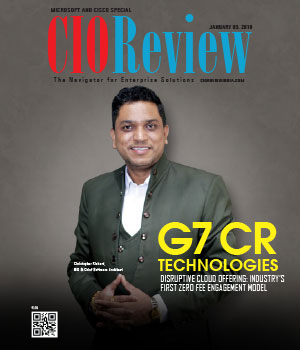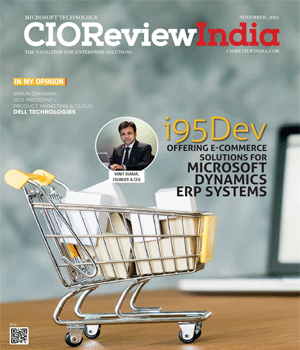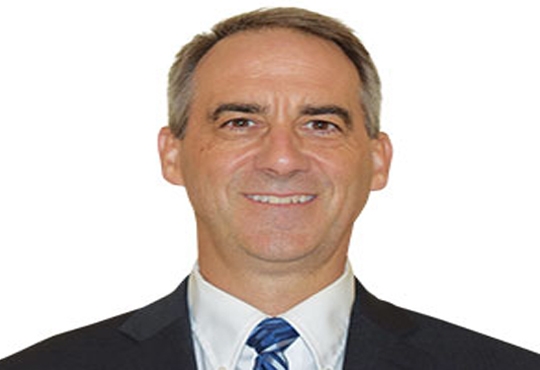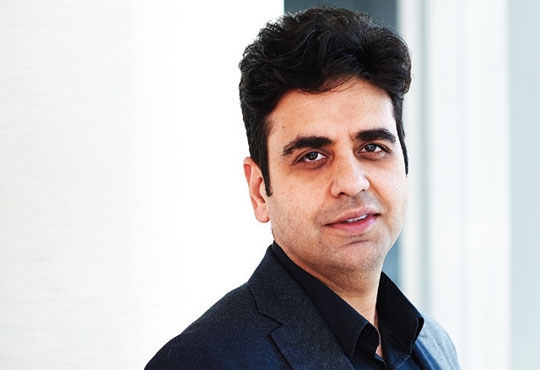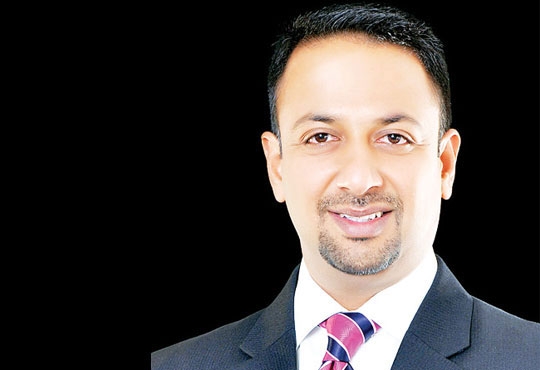
Keep your Data Centre Switched On with the Right Transfer Switch
Sanjay Motwani, Regional Director, India, SEA, Taiwan & Hong Kong,, Raritan International
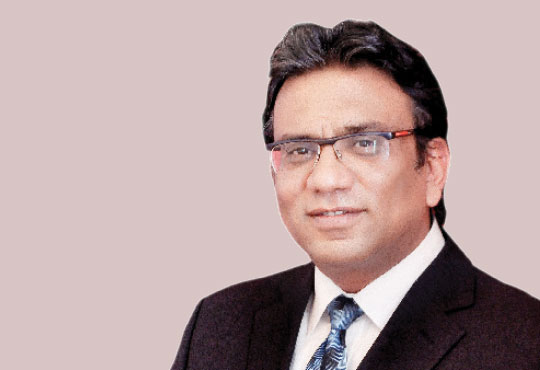 Uninterrupted power supply is essential for any datacentre as even the slightest of disruption can cause irreparable damage to network systems and equipment. Given the criticality of power, datacentres’ equipment, specially legacy computers and networks, with single source of power are faced with greater challenge while changing from primary to secondary power during outages. The right transfer switch enables a smooth transition within the quickest time span ensuring no downtime.
Uninterrupted power supply is essential for any datacentre as even the slightest of disruption can cause irreparable damage to network systems and equipment. Given the criticality of power, datacentres’ equipment, specially legacy computers and networks, with single source of power are faced with greater challenge while changing from primary to secondary power during outages. The right transfer switch enables a smooth transition within the quickest time span ensuring no downtime.
Making the Right Choice
The choice of switch is critical in maintaining resilience and cost effectiveness of a datacentre and as such Datacentre Managers and CIOs need to be cognitive of the functions and features of various transfer switches available in the market. The choice of right switches not only ensures no downtime for equipment but also enable the managers to monitor quality of power and its usage pattern, helping them to take informed decisions. Transfer switches have a low to medium life span and quite a lot of difference in price points and features. It is important to understand the nuances of each type before arriving at a choice.
Types of Switches and Their Features
Transfer switches generally have two variants - STS and ATS, with a third one combining the features of both – hybrid, recently introduced in the market.
Static Transfer Switches (STS) rely on silicon control rectifiers (SCR) and are of superior design quality. These manage high load with ease and have a comparatively longer life span. They have the fastest transfer time among all transfer switches at 4 – 6 ms but are the most expensive ones, at least five times more expensive than the ATS switches. Another disadvantage for the STS is that they generate a lot of heat and require additional cooling.
Relay based Automatic Transfer Switches (ATS) have Electro Mechanical design and have a medium lifespan. They take anywhere between 10-15 ms to transfer power from primary to secondary source. In an ATS, the contact and pole often fuse together due to electrical arcing; it is one of the leading causes of relay-based failure. ATS do not indicate when the relay has fused and is no longer able to switch power feeds, so operators do not know until it’s too late. ATS switches however have the lowest price point among all the transfer switches.
Hybrid Transfer Switches have been designed to combine the best of both STS and ATS and are a new entrant in the market. The hybrid transfer switches have a transfer time of 4-8 ms as it combines both the electromechanical relays and silicon control rectifiers. They match the STS in speed and quality at a relatively lower price point. The hybrid switches produce minimal heat and are hence more energy efficient, consume less power and making them ideal for any datacentre. Further, built with the latest technology, many hybrid switches come with additional features such as power monitoring and real-time remote energy metering with user defined thresholds and alerts for voltage and frequency. These out of the box features and their sturdy design make them an ideal choice for most datacentres, especially the ones faced with frequent power outages.
Choosing the right Transfer switches for Indian Datacentres
India is fast becoming a preferred destination for setting up datacentres but the quality and availability of power being suboptimal, keeping the datacentres resilient and cost effective is a challenge for the operators. In such a scenario the choice of right transfer switches becomes much more critical. While in most datacentres in other geographies, power backup is more a compliance device, in India the frequent power outages shifts between primary and secondary power, presents the real litmus test for the quality of transfer switches.
Hybrid transfer switches with their low power consumption and faster transfer time, fit the bill perfectly for Indian conditions. Further, the next generation design and features that enable real-time monitoring and reporting are an added advantage to datacentre managers, under pressure to maintain cost effectiveness by making optimal use of the resources all the time.
To sum up, transfer switches are a small component in the overall equipment landscape of a datacentre and hence often overlooked. But with changing times and mounting pressure to ensure safety, security and uptime while keeping the maintenance cost to the minimum, CIOs are now taking extra cognisance of each and every aspect – big or small. And, with power being a critical factor in successful management of datacentres, choice of right switches can no longer be ignored.
CIO Viewpoint
Aligning IT Roadmap with Business Objectives: A...
By Subhash singh Punjabi, CISO & Head Enterprise Architecture, Deepak Fertilisers & Petrochemicals Corporation Ltd
Empowering Women: Shaping the Future of Industry
By CIOTechOutlook Team
Scaling AI: Finding the right Biztech...
By Sujatha Gopal, CTO - Communications, Media & Information Services (CMI), Tata Consultancy services
CXO Insights
By John Quirk, Vice President of Network Operations, IAT Insurance Group & Manny Landron, Chief Information Security Officer, IAT Insurance Group
A 3-Pronged Framework To Ensure Smooth...
By Deepak Arora, VP - Technology, Publicis Sapient
The Benefits Of Cloud Email Security



